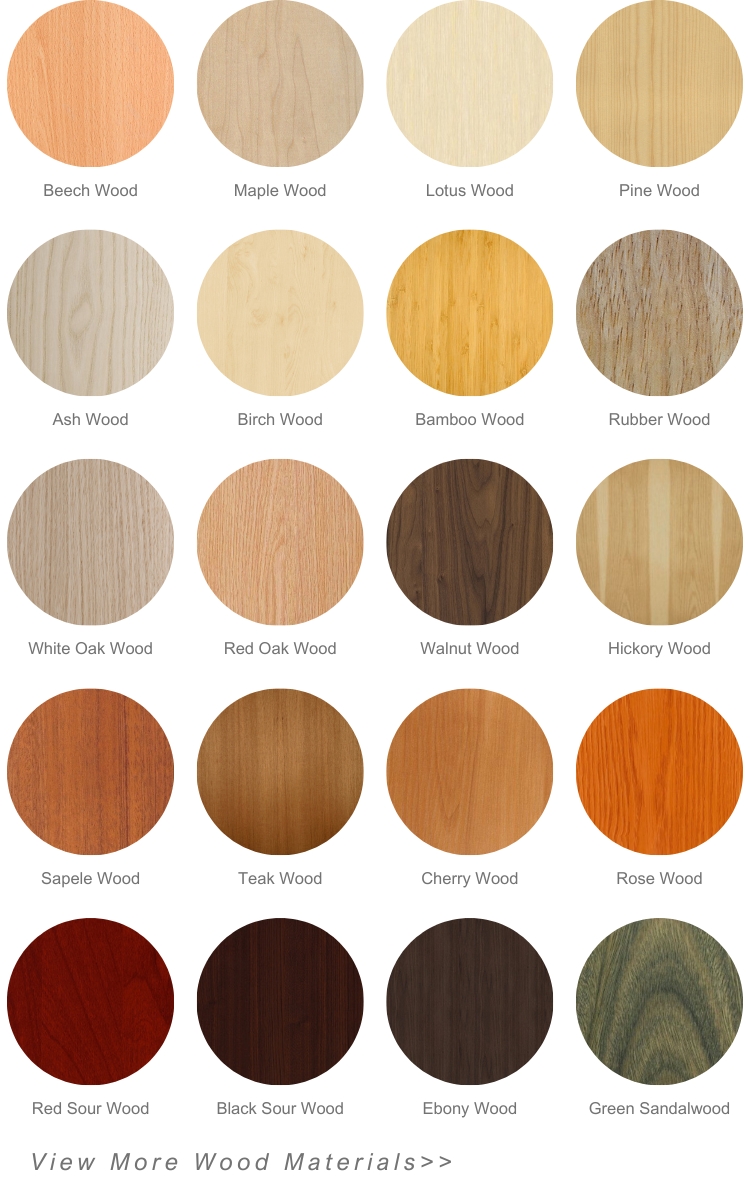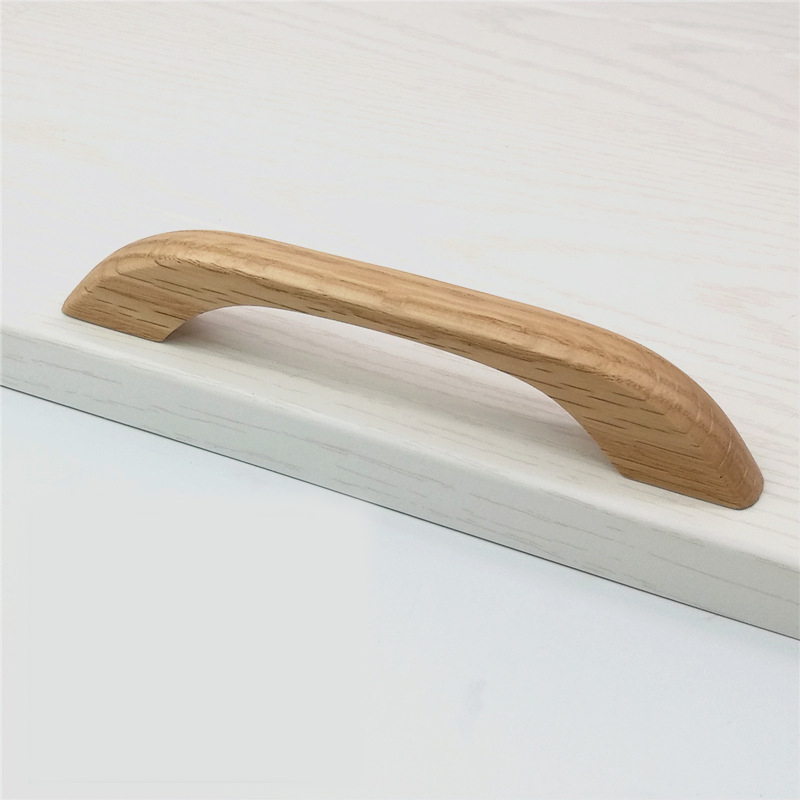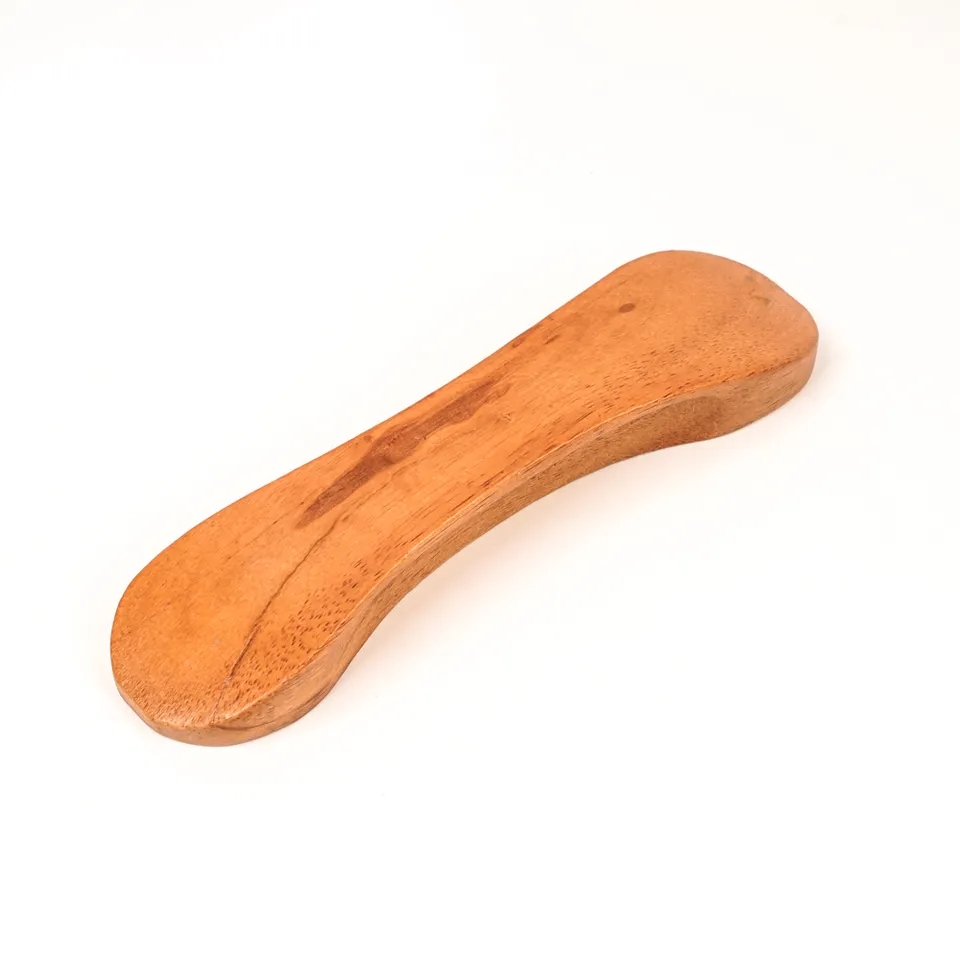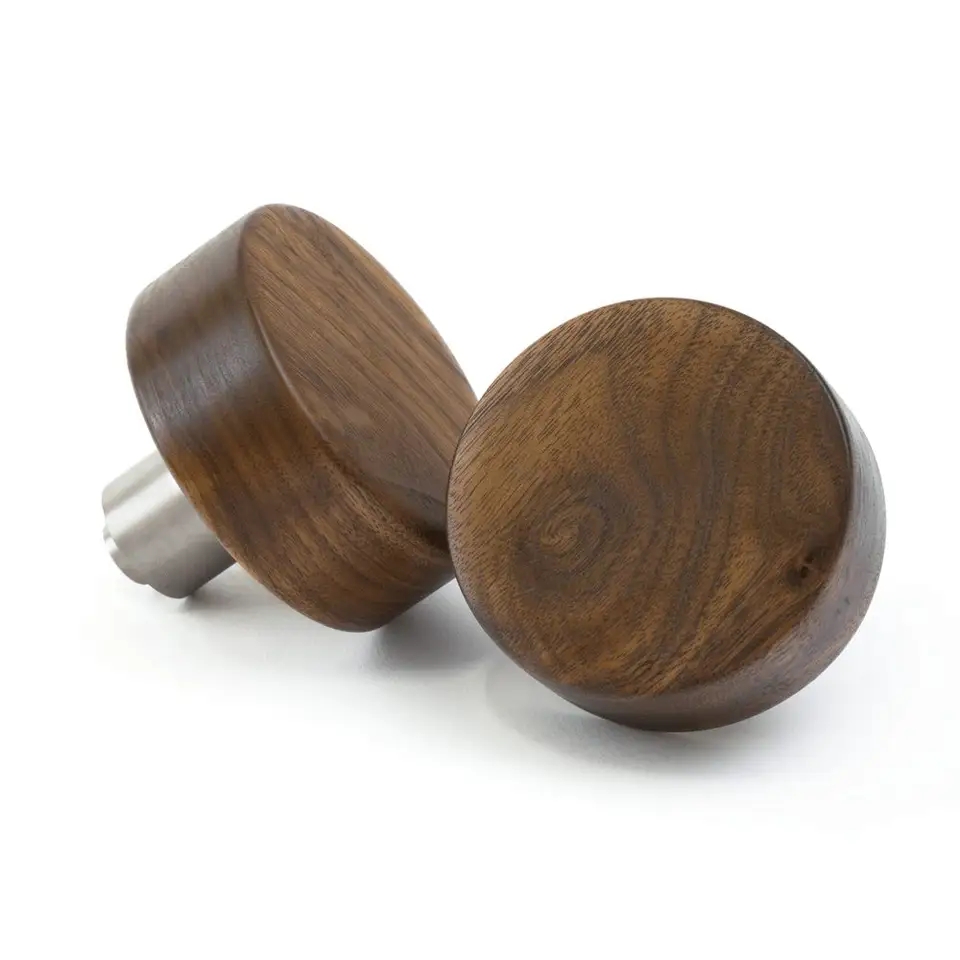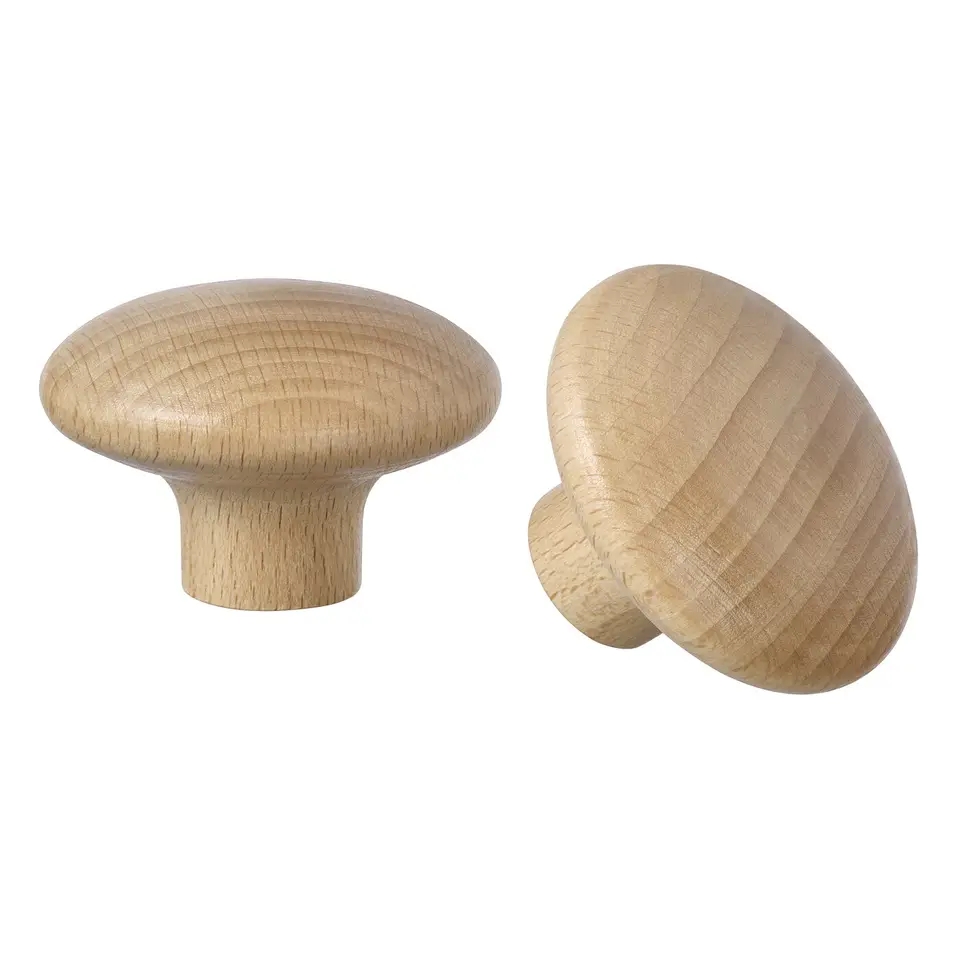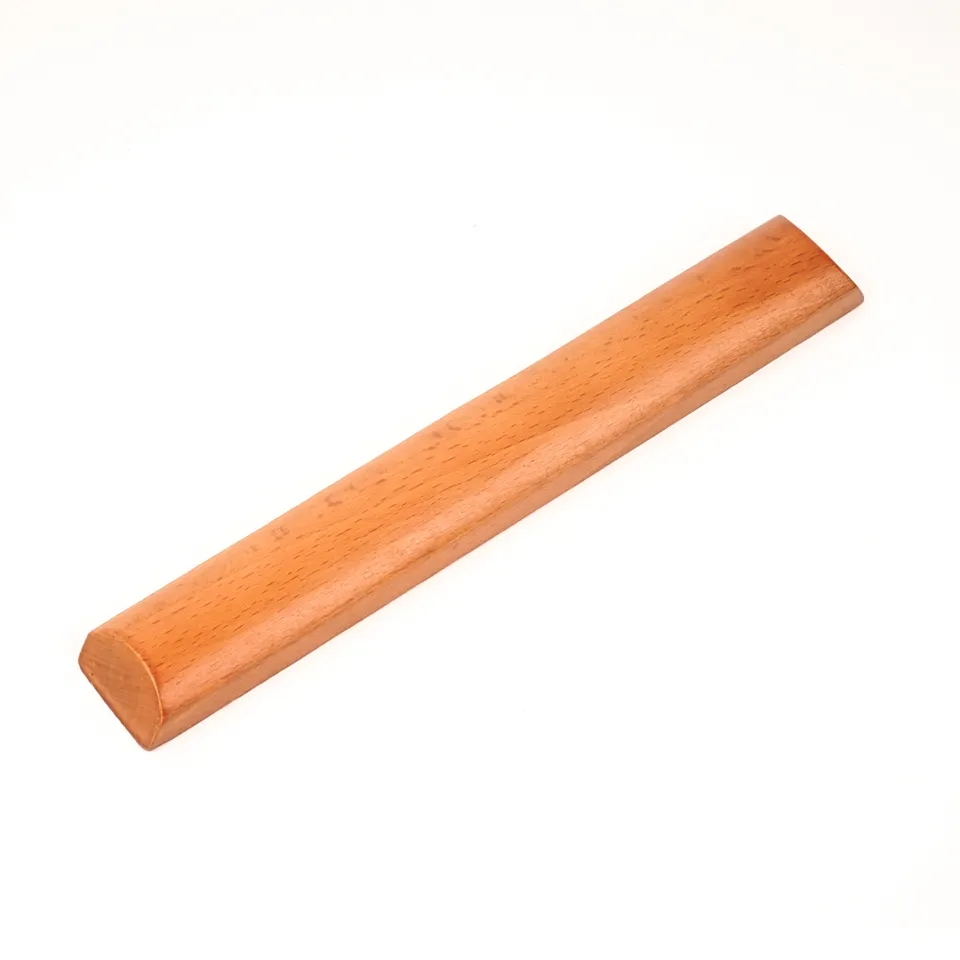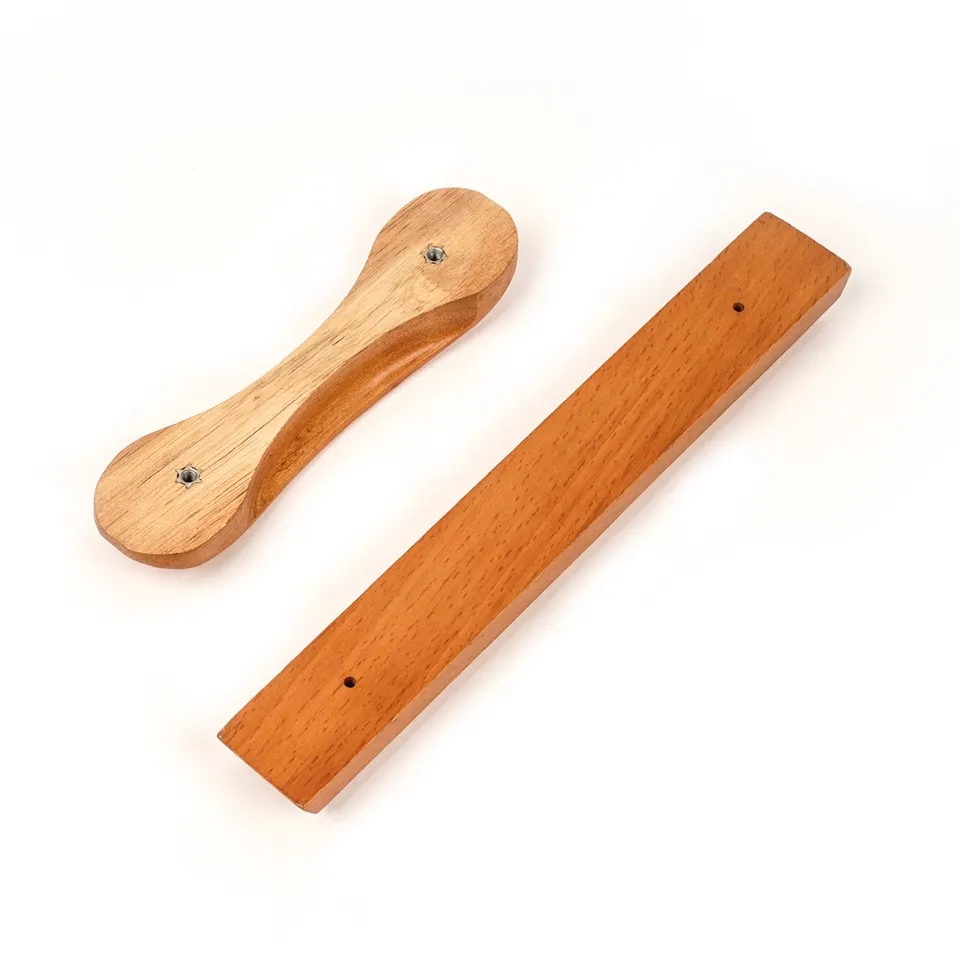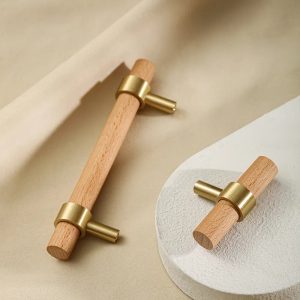“Wooden Handles: The Intersection of Style and Practicality”
Introduction: Wooden handles have emerged as a captivating convergence of sophisticated style and pragmatic functionality, leaving an enduring impression in numerous domains. In this article, we delve into the distinct advantages that wooden handles offer, seamlessly marrying tactile comfort with an environmentally conscious approach. As we embark on this exploration, we uncover the craftsmanship and utilitarian excellence that define wooden handles.
A Natural Comfort Zone: The inherent warmth and texture of wooden handles provide a comfortable grip that naturally aligns with the user’s hand. This tactile bond enhances user comfort and ensures a secure hold, minimizing the risk of accidents. Whether handling precision tools or culinary implements, the tactile experience of a wooden handle elevates the overall user engagement.
Timeless Aesthetic Allure: The intricate grain patterns and rich tones of diverse wood species bestow an ageless charm upon wooden handles. Their visual allure transcends fleeting trends, rendering them suitable for both classic and contemporary settings. Wooden handles contribute an aesthetic appeal that captivates, resonating with those who appreciate the harmonious fusion of form and function.
Durability and Resilience: Crafted from carefully selected wood, wooden handles inherently embody durability and longevity. When treated and finished thoughtfully, they withstand the demands of daily use, enduring rigorous tasks and exposure to moisture. This durability translates to reduced maintenance and replacement costs, positioning wooden handles as a sustainable and cost-effective choice over time.
Eco-Friendly Excellence: In an era marked by heightened environmental awareness, wooden handles shine as an eco-conscious alternative. Often sourced from responsibly managed forests, they carry a smaller carbon footprint compared to synthetic counterparts. Moreover, their biodegradability minimizes their impact on landfills, aligning seamlessly with sustainable practices.
Craftsmanship and Personalization: Wooden handles offer an avenue for creative expression and individualization. Craftsmen can expertly shape and carve them into diverse designs, catering to ergonomic needs and individual preferences. This adaptability empowers the creation of tools and objects that not only perform optimally but also carry the distinct style of their users.
Utility Beyond Appearance: Beyond their visual and tactile attributes, wooden handles offer practical benefits. Their low heat and electricity conductivity make them a secure choice for tools requiring insulation. Additionally, they possess vibration-absorbing properties, enhancing comfort during extended use. These practical features contribute to heightened user safety and overall satisfaction.
Conclusion: Wooden handles epitomize the seamless fusion of aesthetics and utility, securing their place of prominence across a spectrum of industries. With their inherent comfort, timeless allure, durability, and eco-friendly credentials, these handles encapsulate the essence of finely crafted tools and objects. As consumer preferences continue to gravitate towards sustainable and visually appealing choices, the enduring allure of wooden handles perseveres, embodying the graceful balance of aesthetics and utility.

